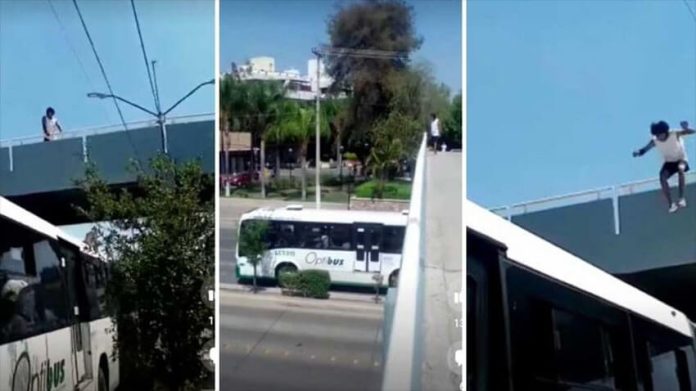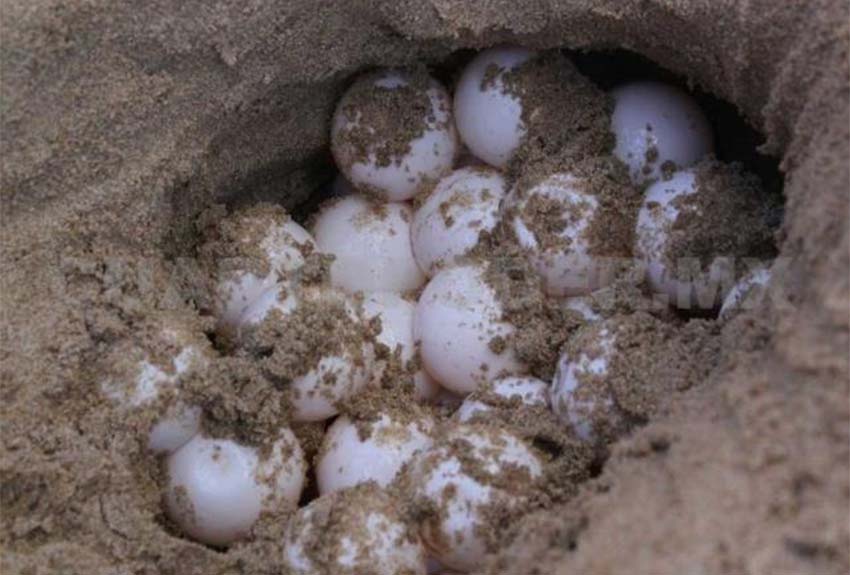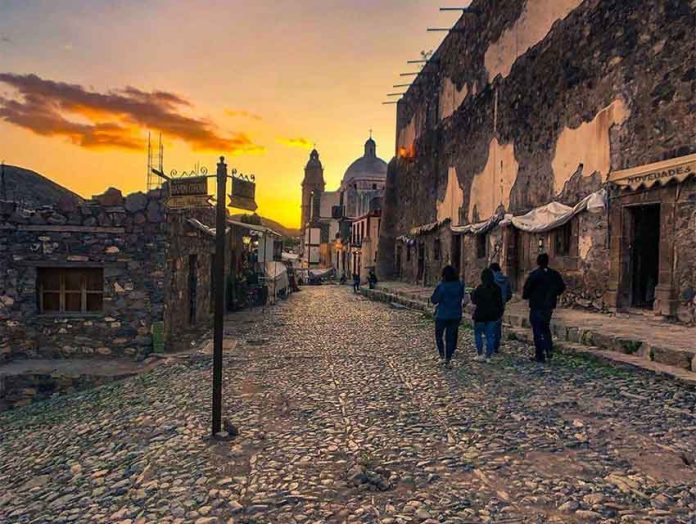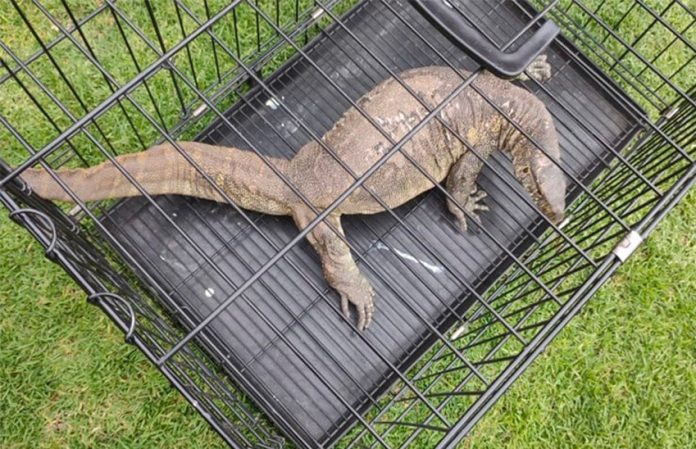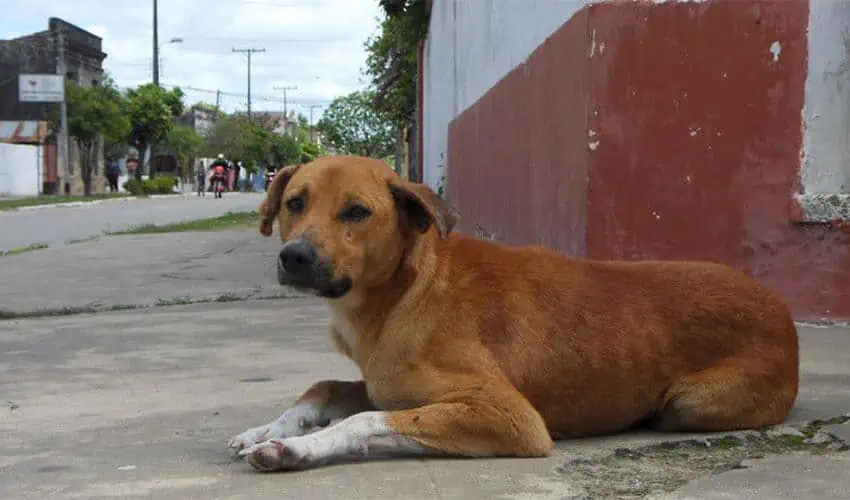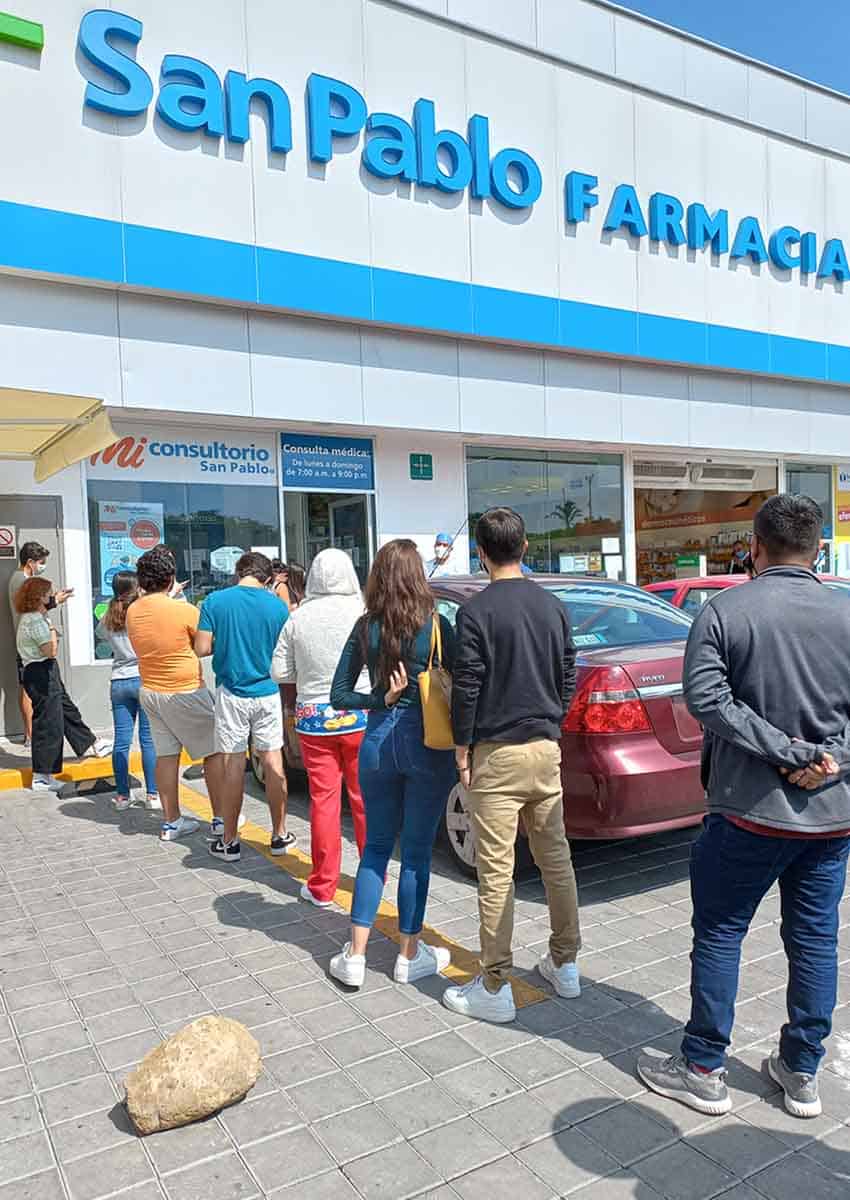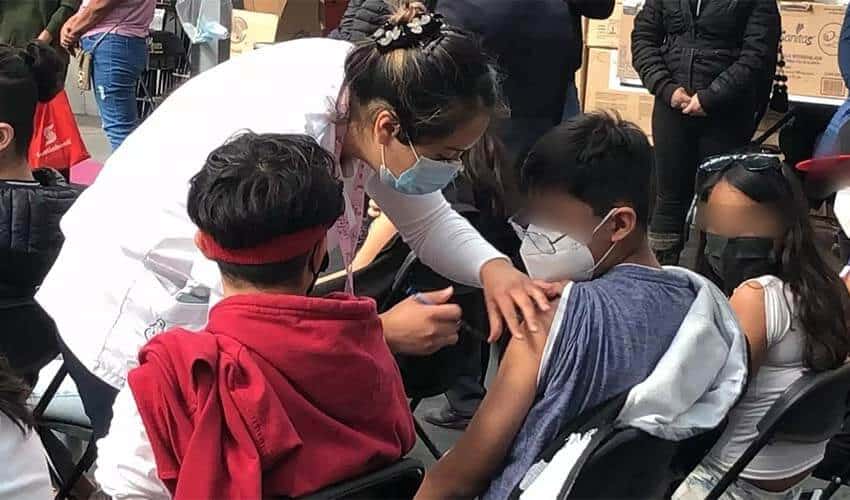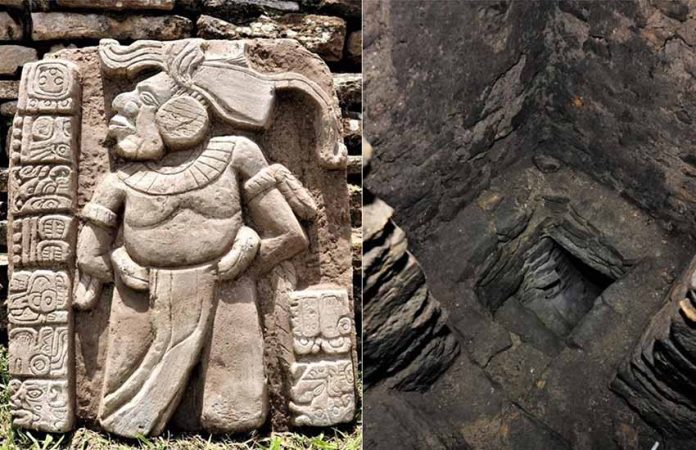A journalist was shot and killed in Guanajuato Tuesday, becoming the 13th media worker to be murdered this year.
According to Article 19, a press freedom advocacy organization, Ernesto Méndez, director of the Tu Voz news website, was attacked by gunmen at approximately 11 p.m. while in a bar owned by his family in San Luis de la Paz, a city in northern Guanajuato.
Article 19 said on Twitter that it was aware that Méndez had received threats prior to his murder and called on the federal Attorney General’s Office to investigate the case and consider the journalist’s work as a motive for the crime.
At least nine of the 13 murders of journalists this year were related to their work, the organization said. “We demand that the Mexican state act urgently to stop this phenomenon and join in the grief of Ernesto’s family, friends and colleagues,” Article 19 said.

The newspaper El País reported that Tuesday began as a day of celebration for Méndez because he had been awarded a permit to stage a regional festival. The journalist and businessman was celebrating with friends and family when gunmen opened fire.
Guanajuato Governor Diego Sinhue Rodríguez said that two other people were killed in the attack. “We strongly condemn the crime in which the businessman and journalist Ernesto Méndez and two other people lost their lives,” he wrote on Twitter.
The governor said he had instructed the state’s governance minister to provide support to the families of the victims and pledged that his government would ensure that justice is served.
With the June murder of Tamaulipas journalist Antonio de la Cruz, 2022 became the most violent year on record for Mexican media workers. There have been some arrests in connection with the crimes, but impunity remains common in cases involving journalists.
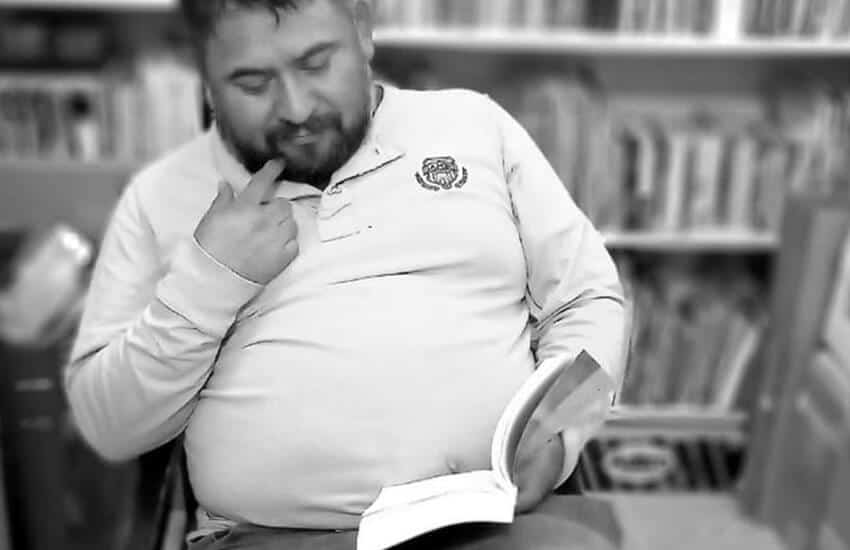
President López Obrador has been accused of fomenting violence against journalists with his frequent diatribes against them and against media organizations that are critical of him and his government.
Jan-Alberto Hootsen, Mexico representative for the Committee to Protect Journalists, said in 2020 that reporters who have been criticized by López Obrador at his weekday news conferences have received thousands of adverse and hostile messages on social media and even death threats.
Article 19 said in 2019 that the president’s “stigmatizing discourse” against the media “has a direct impact in terms of the … risk it can generate for the work of the press because [his remarks] permeate in the discourse of the rest of society and can even generate attacks.”
With reports from El País

